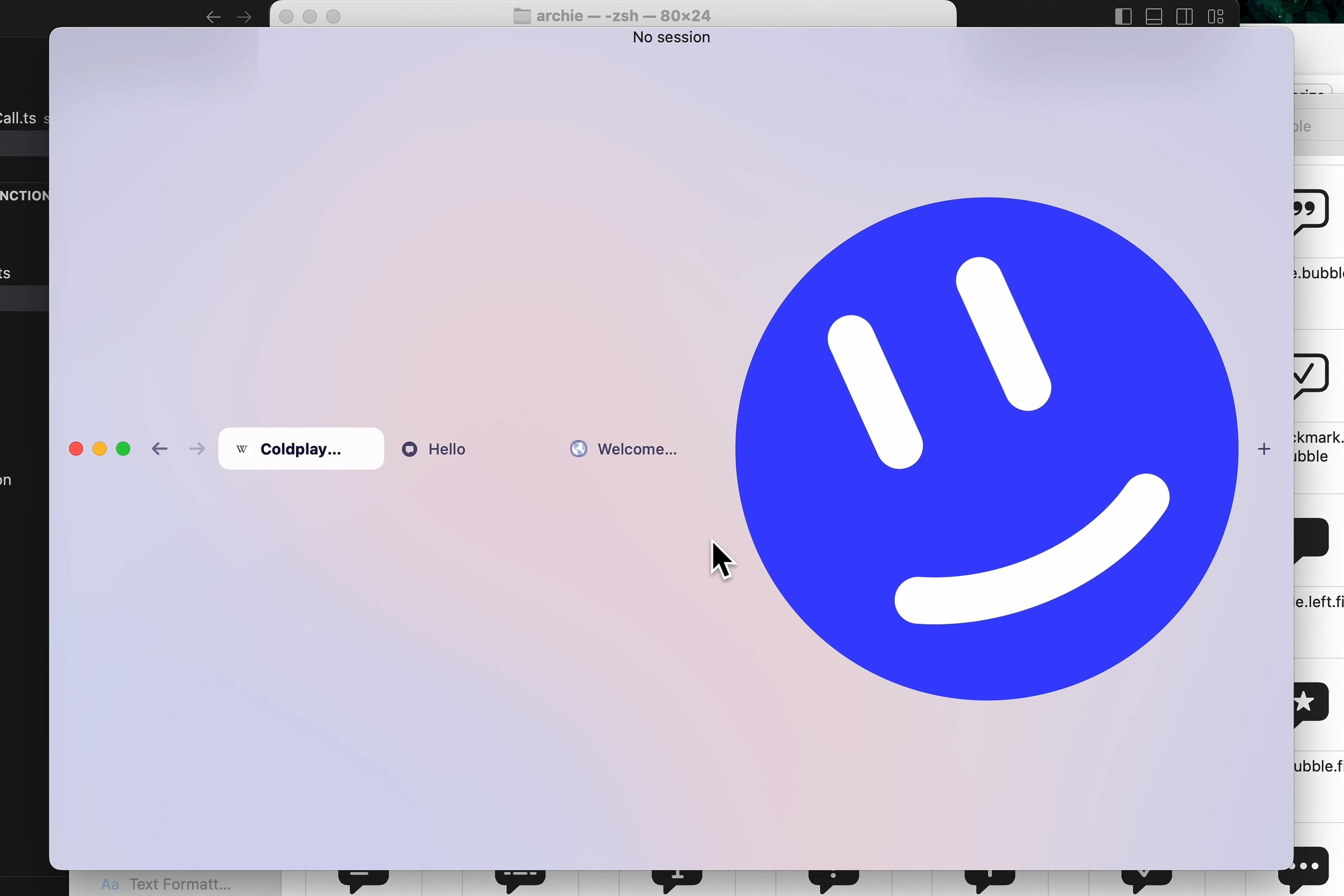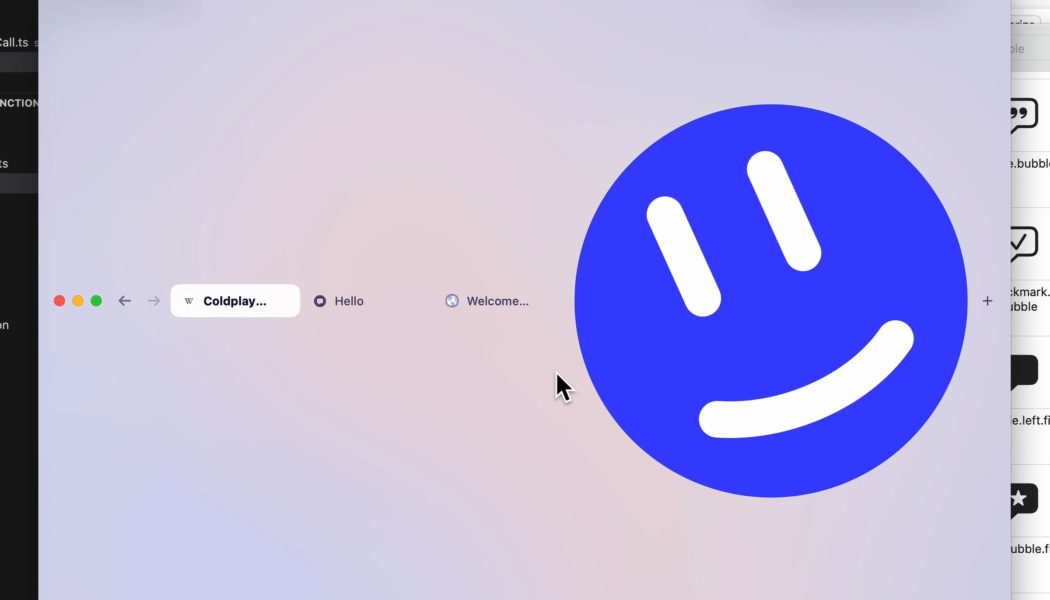The Browser Company is already onto its second product — but it promises it’s not leaving Arc behind.
Share this story

Stop me if this sounds familiar: The Browser Company is building a browser that it thinks can make your internet life a little more organized, a little more useful, and maybe even a little more delightful. It has new ideas about tabs, and what your browser can do on your behalf.
I’ve heard this story before! But the browser that Browser Company CEO Josh Miller wants to talk about when he calls me on Thursday isn’t Arc, the product he and his team have been working on for the last five years. It’s not Arc 2.0, either, even though Miller has been talking publicly about Arc 2.0 for a while now. It’s an entirely new browser. And for Miller and The Browser Company, it’s a chance to get back to building the future of browsers they set out to create in the first place.
A strange thing has happened over the last couple of years, Miller says. Arc has grown fast — users quadrupled this year alone — but it has also become clear that Arc is never going to be a truly mainstream product. It’s too complicated, too different, too hard to get into. “It’s just too much novelty and change,” Miller says, “to get to the number of people we really want to get to.” User interviews and data have convinced the company that this is a power-user tool, and always will be.
On the other hand, the people who use Arc tend to love Arc. They love the sidebar, they love having spaces and profiles, they love all the customization options. Generally speaking, those users have also settled into Arc — Miller says they don’t want new features as much as they just want their browser to be faster, smoother, more secure. And fair enough!
So The Browser Company faced a situation many companies encounter: they had a well-liked product that was never going to be a game-changer. Rather than try to build the next thing into the current thing, and risk both alienating the people who like it and never reaching the people who don’t, the company decided to just build something new.
Arc is not dying, Miller says. He says that over and over, in fact, even after I tell him the YouTube video the company just released sounds like the thing companies say right before they kill a product. It’s just that Arc won’t change much anymore. It’ll get stability updates and bug fixes, and there’s a team at The Browser Company dedicated to those. “In that sense,” Miller says, “it feels like a complete-ish product.” Most of the team’s energy and time will now be dedicated to starting from scratch.
“Arc was basically this front-end, tab management innovation,” Miller says. “People loved it. It grew like a weed. Then it started getting slow and started crashing a lot, and we felt bad, and we had to learn how to make it fast. And we kind of lost sight, in some ways, of the fact that we’ve got to do the operating system part.”
The plan this time is to build not just a different interface for a browser, but a different kind of browser entirely — one that is much more proactive, more powerful, more AI-centric, more in line with that original vision. Call it the iPhone of web browsers, or the “internet computer,” or whatever other metaphor you like. The idea is to turn the browser into an app platform. Miller still wants to do it, and he wants to do it for everyone.
What does that look like? Miller is a bit vague on the details. The new browser, which Miller intimates could launch as soon as the beginning of next year, is designed to come with no switching costs, which means among other things that it will have horizontal tabs and fewer ideas about organization. The idea is to “make the first 90 seconds effortless” in order to get more people to switch. And then, slowly, to reveal what this new browser can do.
Miller has a couple of favorite examples of how a browser might help you get stuff done, which he’s said to me, on Decoder, and elsewhere in recent months. There’s the teacher who spends hours copying and pasting data between enterprise apps; the Shopify sellers who spend too much time looking up order numbers and then pasting them into customer-support emails. Those are the sorts of things that a browser, with access to all your web apps and browsing data, could begin to do on your behalf. And with AI tools like the new “Computer use” feature from Anthropic, that kind of thing is beginning to become automated and possible.
Designing a browser that is both accessible to everyone and a completely new thing won’t be easy. The Browser Company tried it once already, and ended up here. But Miller feels good about having built a good browser over the last five years. Now it’s time to get back to the real job.









